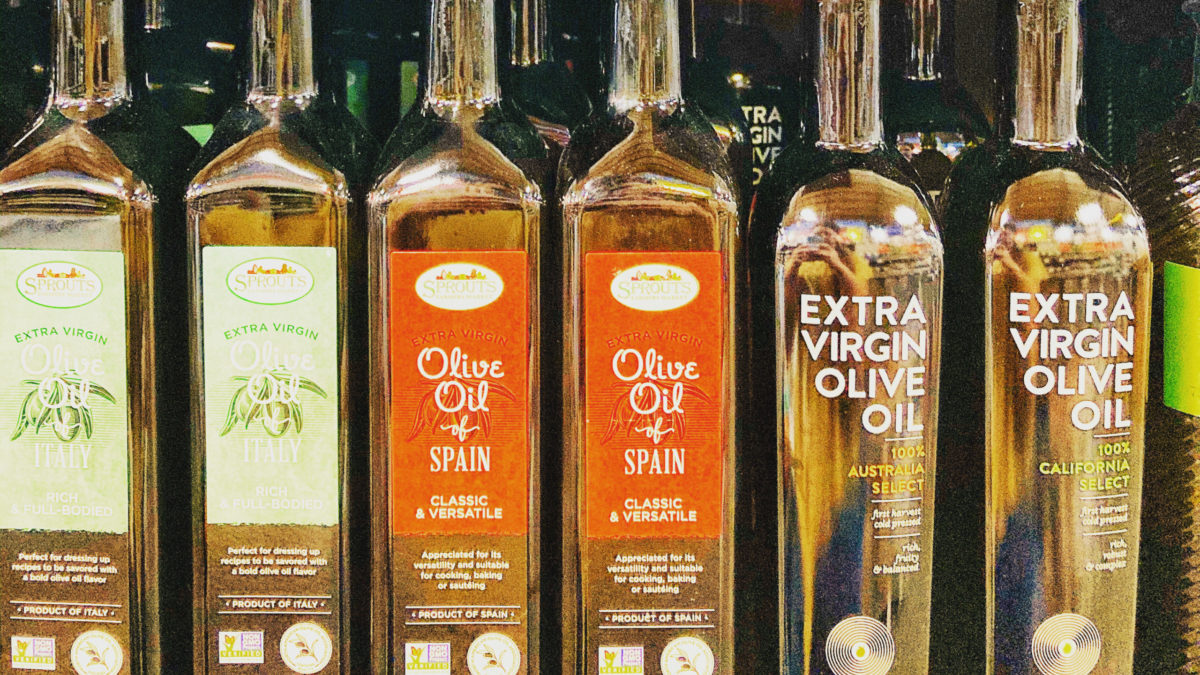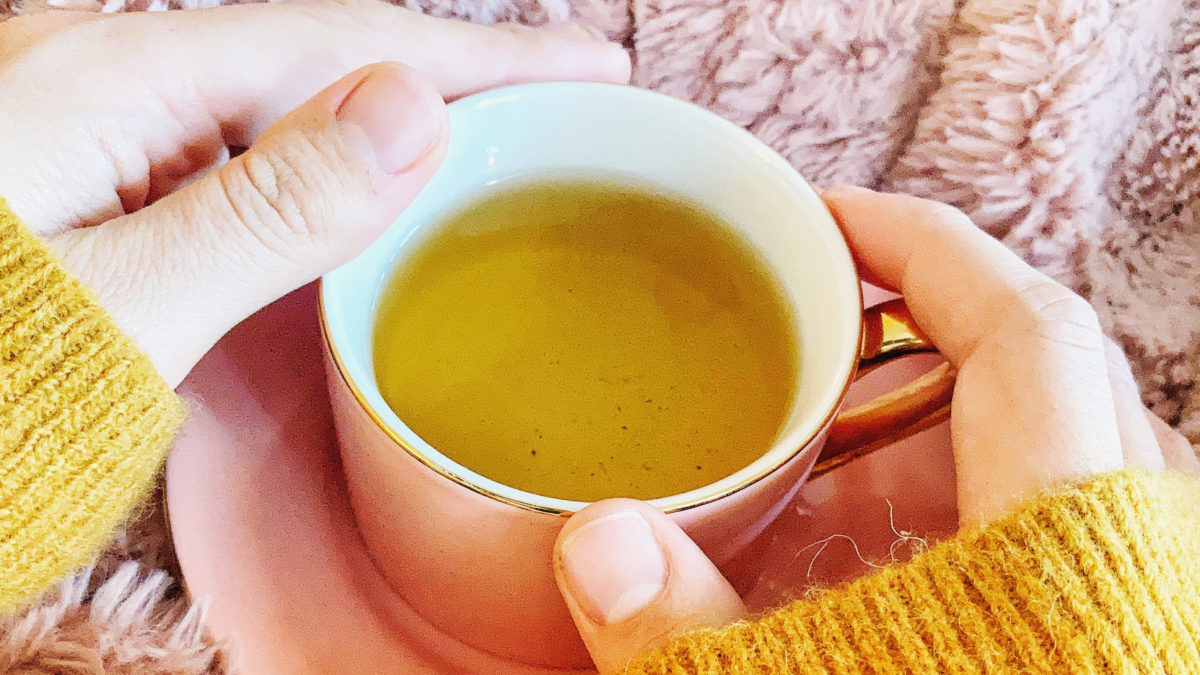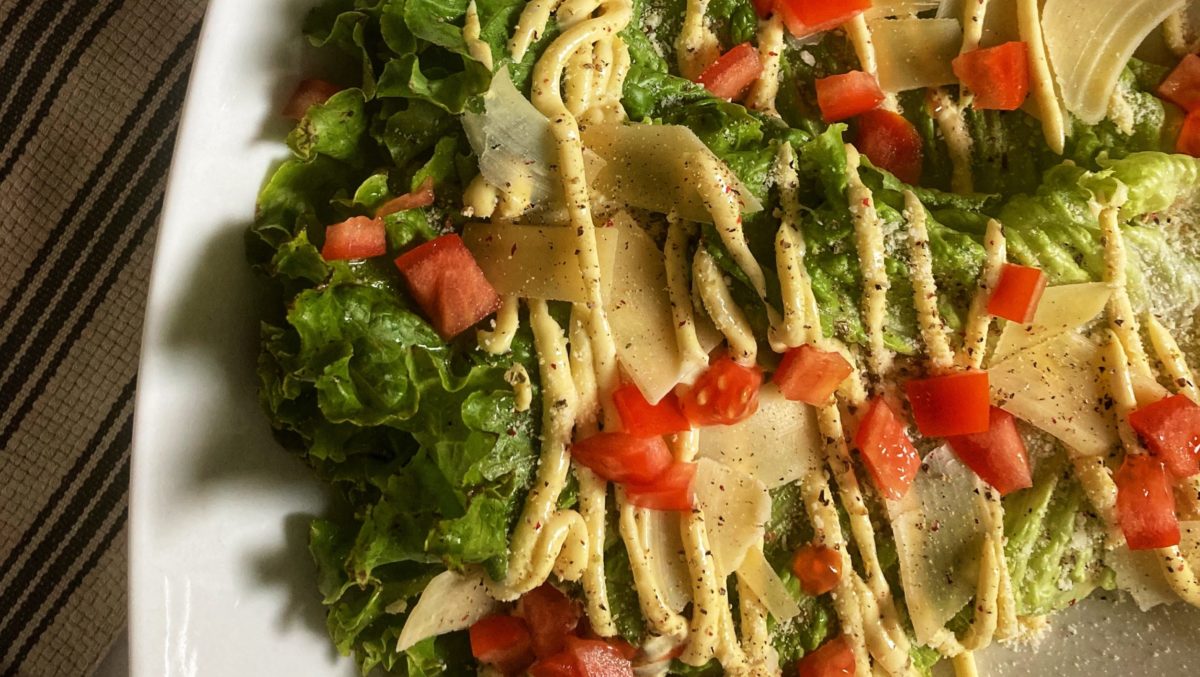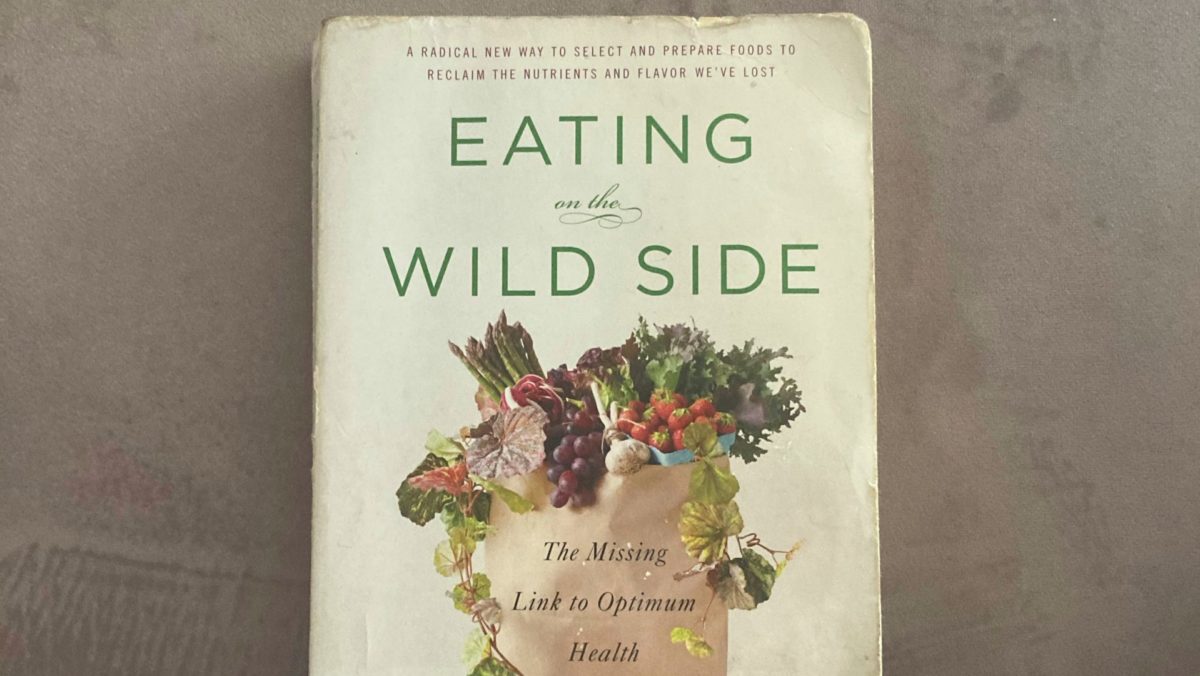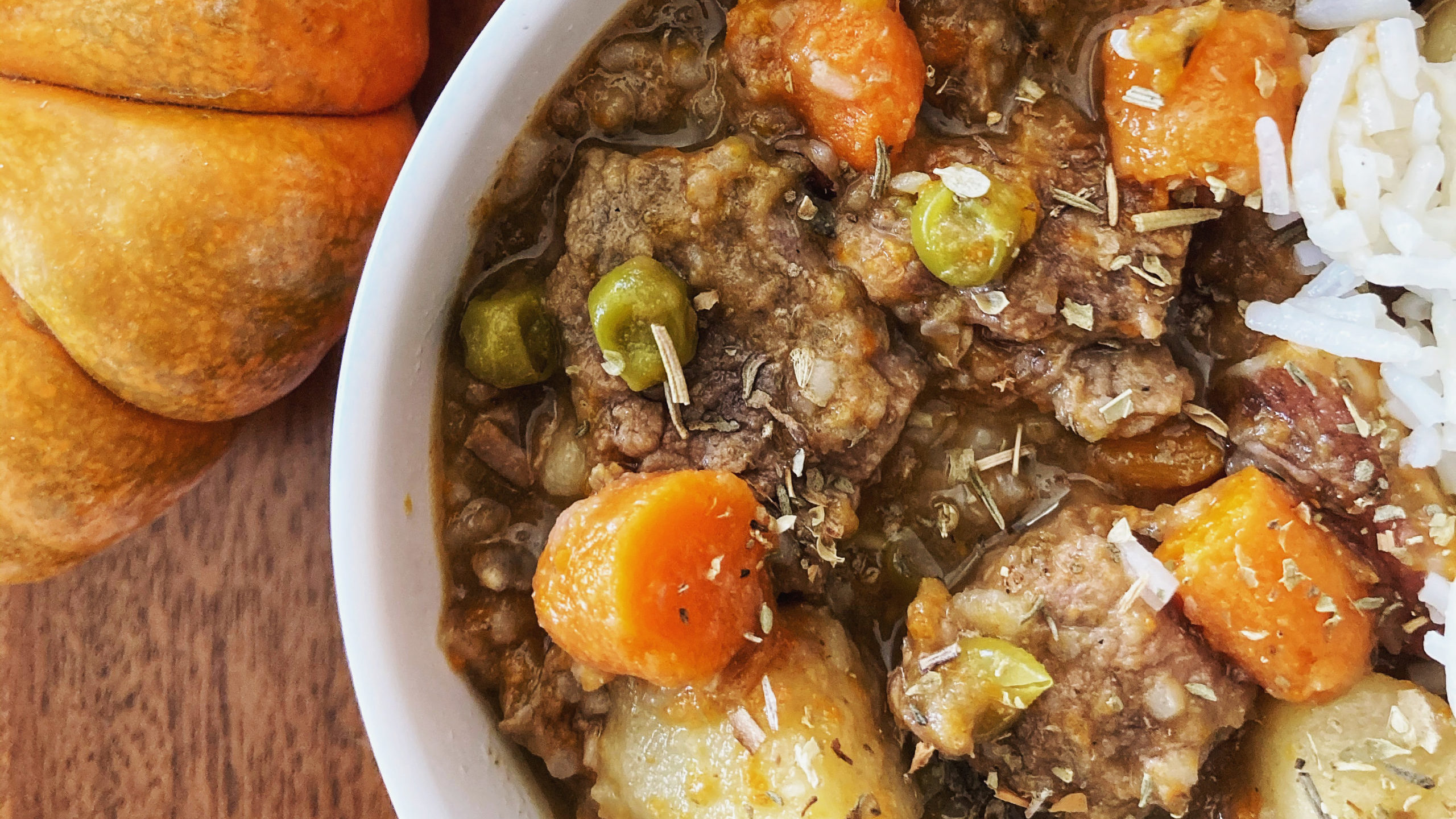Choosing olive oil is deceptively difficult but here are some tips to keep in mind.
Go for Extra Virgin: these olive oils are the least processed, they weren’t treated with any chemicals or heat. If this is the only thing you look for in olive oil, you’re guaranteed to have at least a baseline level of decent quality olive oil regardless of brand or any other factor. Extra virgin olive oil is always cold-pressed, so no need to look for that on the label.
No “light” olive oil: if a bottle of olive oil is ever described as light, run the other direction. Olive oil is and should always be high in fat!
No clear containers: olive oil can easily be damaged from exposure to light so avoid any olive oil that does not come in a dark glass, tin container, or other opaque.
Look for a specific region: A product labeled merely “Mediterranean” may be of lower quality than you’re anticipating. Mediterranean olive oil is typically made using all the defective leftover olives or olive oil from across the Mediterranean. In addition to defective olives, if defective olive oils from around the world are bottled in Italy they can be sold as Italian olive oil. To avoid these oils check the back of the bottle, it will tell you the country of origin for the oil itself. But a good way to ensure you’re purchasing high-quality oil is to purchase olive oil that is listed by region. For example Sicilian or Kalamata olive oil as opposed to Italian or Greek olive oil. The more specific the better.
In order to not completely break the bank on olive oil alone, I buy two. I buy one more expensive olive oil from a specific region and use that for dressings, marinades, anything else that will really benefit from a distinct olive oil flavor. But, when I am using olive oil to grease a pan, I use a generic extra virgin olive oil.

